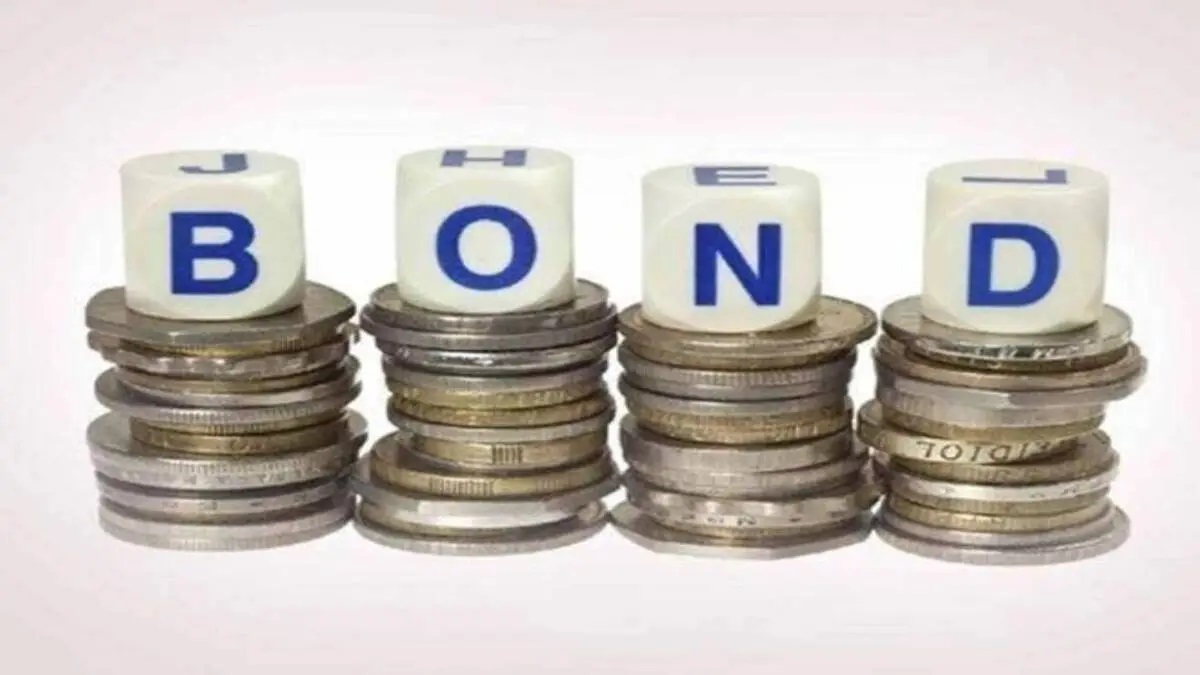Investor appetite for bond index funds has been increasing over the past year, with assets under management (AUM) of such funds rising by over Rs 1 trillion just in one year. Data shows that the assets under management (AUM) of bond index funds stood at Rs 83,179 crore as of January 31, 2022, and the same rose to Rs 1.83 trillion as of January 31, 2023.
Bond index funds are those that typically offer investors a diversified portfolio, intended to reflect the performance of a particular index. These are passively managed funds, which is why they entail lower fees. While actively managed funds try to beat the performance of an index, bond index funds try to match the performance.
Industry executives say this is an alternative to bank deposits, which provides an indexation benefit after three years. Further, with majority of the rate hike cycle behind us, they say, there is minimal interest rate risk likely.
“Majority of them are not factoring in the volatility that will happen due to interest rate movement, because they believe they are investing in this option at the peak with interest rates only likely to go down from here, and they will get the benefit of the same through capital gains,” added Faria.
Since March 2022 to March 2023 so far, there have been 78 new fund offer (NFO) launches in this category, showing the rising favour for the instrument, according to data.
Agrees Marzban Irani, chief investment officer (debt), LIC MF, saying that since majority of such funds invest in G-Secs and state development loans (SDLs), the risk factor is minimal.
He added that the only challenge in these instruments is if an investors decides to sell their holding before maturity. “If one has invested in a 5-year fund, and wants to redeem after 3 years, selling it could be difficult as effectively only two years’ duration would remain,” said Irani.
A senior executive at a fund house who did not wish to be named, also pointed out that these are more tax-efficient than FDs. “These are basically target-maturity funds, in which you are looking at the YTM less the reinvestment risk and expenses.”
He said that during the pandemic, when FD rates were hovering around 5-5.5%, SDLs were offering 7.5%. Further, he added that given they are usually G-Secs or sovereign funds, the credit risk is negligible, and holding it till maturity mitigates any interest rate risk or credit risk.
